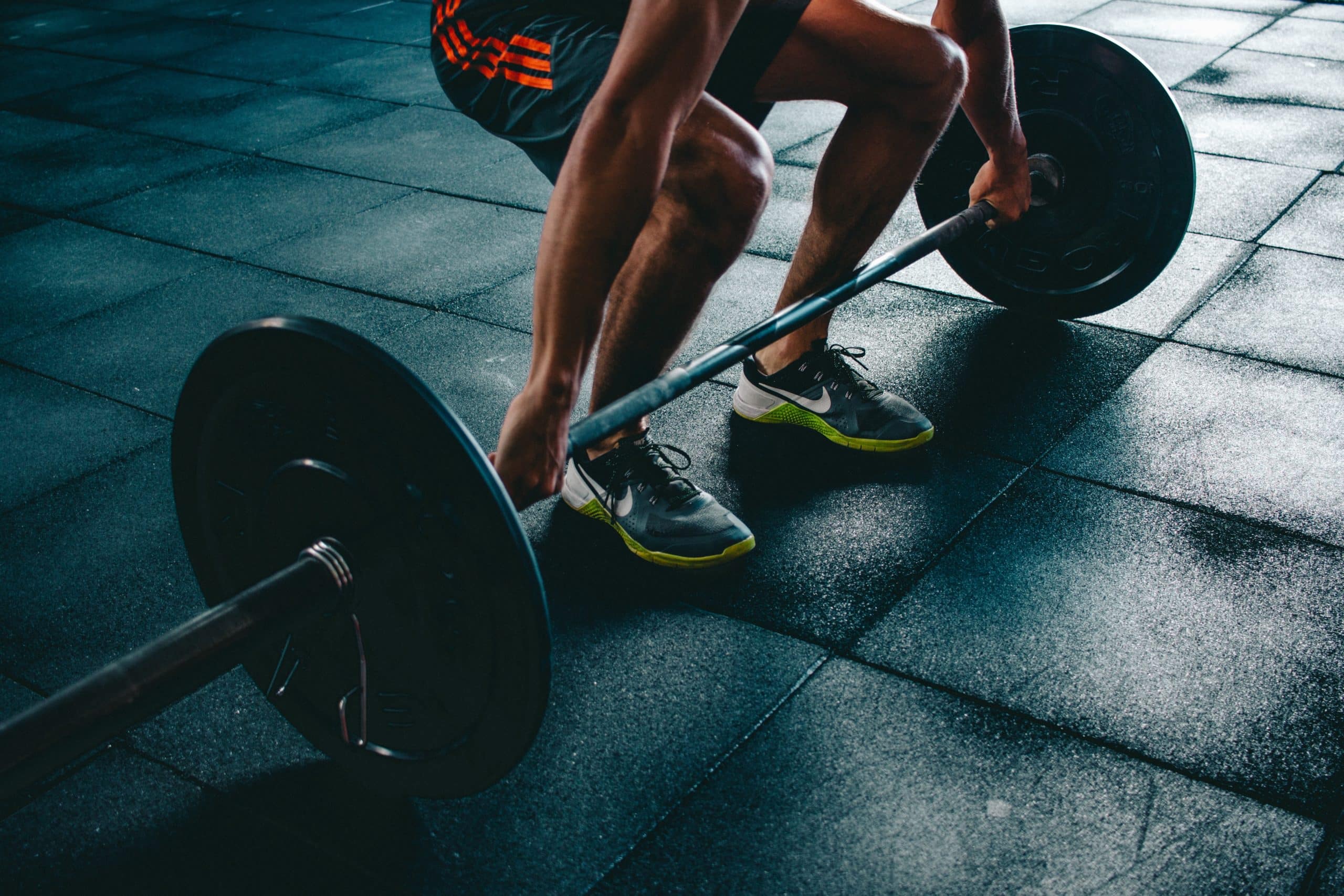Millions of people across the country live with chronic pain. Some are recovering from accidents, sports injuries, or surgeries while others suffer from chronic headaches or joint and back pain. To help them cope with this pain, millions of prescriptions for pain medications are written annually. Some of these prescriptions are for opioids.
Opioids, also referred to as narcotics, are strong pain medications that are great for short-term or acute pain e.g. pain after surgery or broken bones. They are not ideal for chronic pain such as back pain or arthritis because there’s an increased risk of addiction if they are taken for a long time. They also cause a range of unpleasant side effects including breathing problems, slowed heart rate, mental health disturbance, and mood swings. The body may also develop tolerance to these narcotics meaning that you may need to keep taking higher doses to achieve the same pain relief. This is dangerous and is often the cause of my opioid-related deaths.
Common opioids include fentanyl, codeine, oxycodone, and morphine. Their brand names include OxyContin, Vicodin, Palladone, and Percocet. These medications can be effective in pain management but should only be used according to your physician’s instructions to minimize the side effects and the risk of addiction.
If you’re suffering from chronic pain and don’t want to use narcotics, there are alternative ways to manage the pain. These include:
Over-the-counter (OTC) painkillers.
It often comes as a surprise to many that some OTC painkillers are more effective than opioids at managing or getting rid of the pain. Some of these alternative medications are available over-the-counter and you can get them without a prescription. For example, acetaminophen, sold as Tylenol and Panadol is great for managing mild to moderate pain while nonsteroidal anti-inflammatories (NSAIDs) such as Advil, Motrin, and Excedrin are great at decreasing inflammation which in turn reduces pain. The great thing about these medications is that they have few side effects if any, and they can be taken along with other medicines without any contraindications.
Exercise and weight loss.
Regular exercise is the last thing you want to hear about if you’re in chronic pain. However, when done regularly, the gentle movement and activity of some exercises such as swimming, cycling, or walking can help you recover from pain. These exercises help loosen tight muscles in the body, making you more flexible and improving blood circulation. These in turn help speed up your body’s natural healing process. Additionally, exercising triggers the release of dopamine and serotonin and both these hormones help improve mood and play a role in suppressing or blocking pain.
Along with regular exercise, you should consider getting your weight down to your recommended range if you’re suffering from chronic pain. Most painful health conditions e.g. arthritis may be aggravated by excess weight as this puts more pressure on the joints. Losing weight can help alleviate this pressure, leading to reduced pain.
Physiotherapy and therapeutic massage.
These methods ease pain by stretching and strengthening the muscles with the help of a physiotherapist or masseuse. Physiotherapy is normally prescribed after an accident or other condition leaves you with chronic pain. During these sessions, you’ll be guided through a series of stretches and exercises to help you rehabilitate the injured muscles and improve their range of motion and function while decreasing your pain.
Therapeutic massage, on the other hand, works the tension and kinks in the muscles and joints using gentle pressure. A beneficial side effect is that this helps to also relieve anxiety and stress while introducing pleasant sensations that override pain signals. Both methods are great because they not only ease the pain but also reduce strain and the risk of future injury.
Using cold and/or heat.
These classic go-to pain-relieving methods are still effective in easing certain types of chronic pain. Cold is known to relieve pain by decreasing inflammation and muscle spasms while speeding recovery. Heat, on the other hand, works by relaxing muscles and raising your pain threshold. You may have to use a homemade heat compress or cold pack several times a day over a range of days to get the full benefit.
If that doesn’t do it, you can ask a physiotherapist or chiropractor for more modern methods of heat or cold treatment. These can better penetrate the tissues and muscles, to ease the pain. For instance, in cold laser therapy, a single wavelength of pure light is emitted and absorbed into the injured area, reducing inflammation and stimulating tissue repair. Another example is radiofrequency ablation where heat is used to reduce pain by inserting a needle near a problematic nerve and burning it using an electric current produced by radio waves. These methods can relieve pain in affected muscles for up to a year.
Integrative medicine techniques.
This includes yoga and tai chi, acupuncture, or mind-body techniques that are used to relieve pain by tapping into the mind-body connection.
Yoga and tai chi, for example, use gentle repetitive movements to stretch and strengthen different muscle groups by strengthening the mind-body connection. These movements are quite effective for lower back pain and arthritis.
Mind-body techniques such as meditation and mindfulness, help you restore a sense of control over your body using breathing exercises and focusing your thoughts on the present moment. They alleviate pain by helping you calm your thoughts, leading to relaxation and reduced muscle tension.
Don’t Wait To Get Help
If you or your loved one is battling an addiction to narcotics, don’t despair. Help is available at Evolve Indy. Our drug rehab center in Indiana offers various addiction treatment programs to help clients conquer addiction. These include residential and partial hospitalization programs for those with serious addiction and intensive outpatient and outpatient programs for those with mild addiction. We are dedicated to providing a caring and compassionate approach to treatment to anyone who needs it. Contact us today and let’s help you rebuild a healthy, fulfilling life free from addiction.

